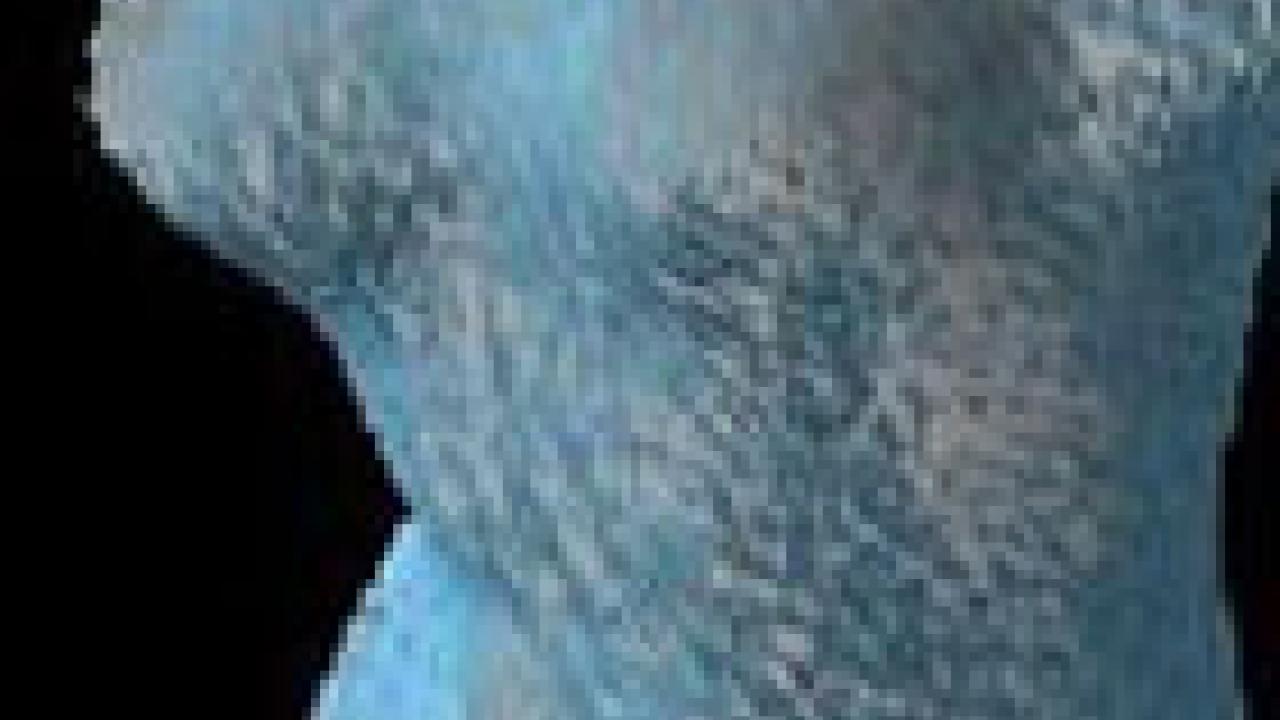A new computer graphics method that uses movement to show the shape and structure of static objects has been developed by researchers at the UC Davis Center for Image Processing and Integrated Computing.
The method, called kinetic visualization, flows colored dots over surfaces representing three-dimensional scientific or medical data, such as medical scans. The technique was developed by graduate students Eric Lum and Aleksander Stompel with Kwan-Liu Ma, an associate professor of computer science.
Conventional animation methods use changes in viewpoint and lighting to show static shapes, said Ma. Kinetic visualization allows computers to present data in a different way with motion derived from the geometry of surface structures.
"It can be used to attract attention to the most important areas, and provide shape information to supplement the visual cues from traditional rendering techniques," Ma said.
The computing power required for this technique is not high, Ma said. The animations are generated using standard PCs equipped with commercially available graphics cards.
Ma's laboratory specializes in developing ways to display scientific data that are not photorealistic but draw on more artistic approaches. These methods can sometimes illustrate scientific data better than more "realistic" methods, Ma said.
Sample videos are available online at http://www.cs.ucdavis.edu/~ma/kinvis/. The work was published in the April/June 2003 issue of IEEE Transactions on Visualization and Computer Graphics.
Media Resources
Andy Fell, Research news (emphasis: biological and physical sciences, and engineering), 530-752-4533, ahfell@ucdavis.edu
Kwan-Liu Ma, Computer Science, (530) 752-6958, ma@cs.ucdavis.edu
